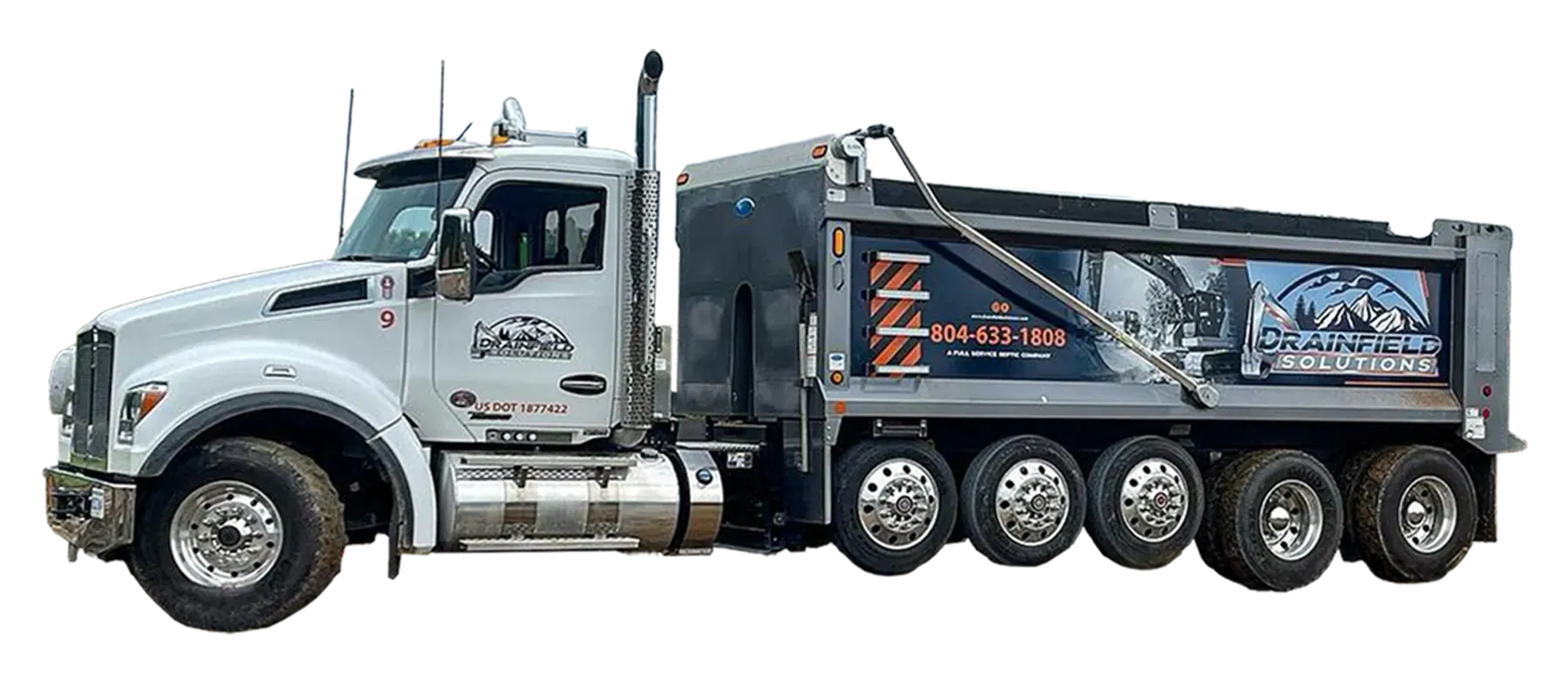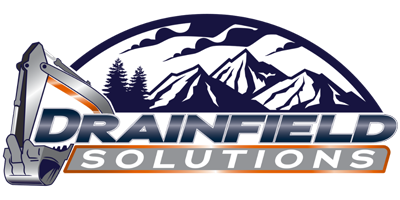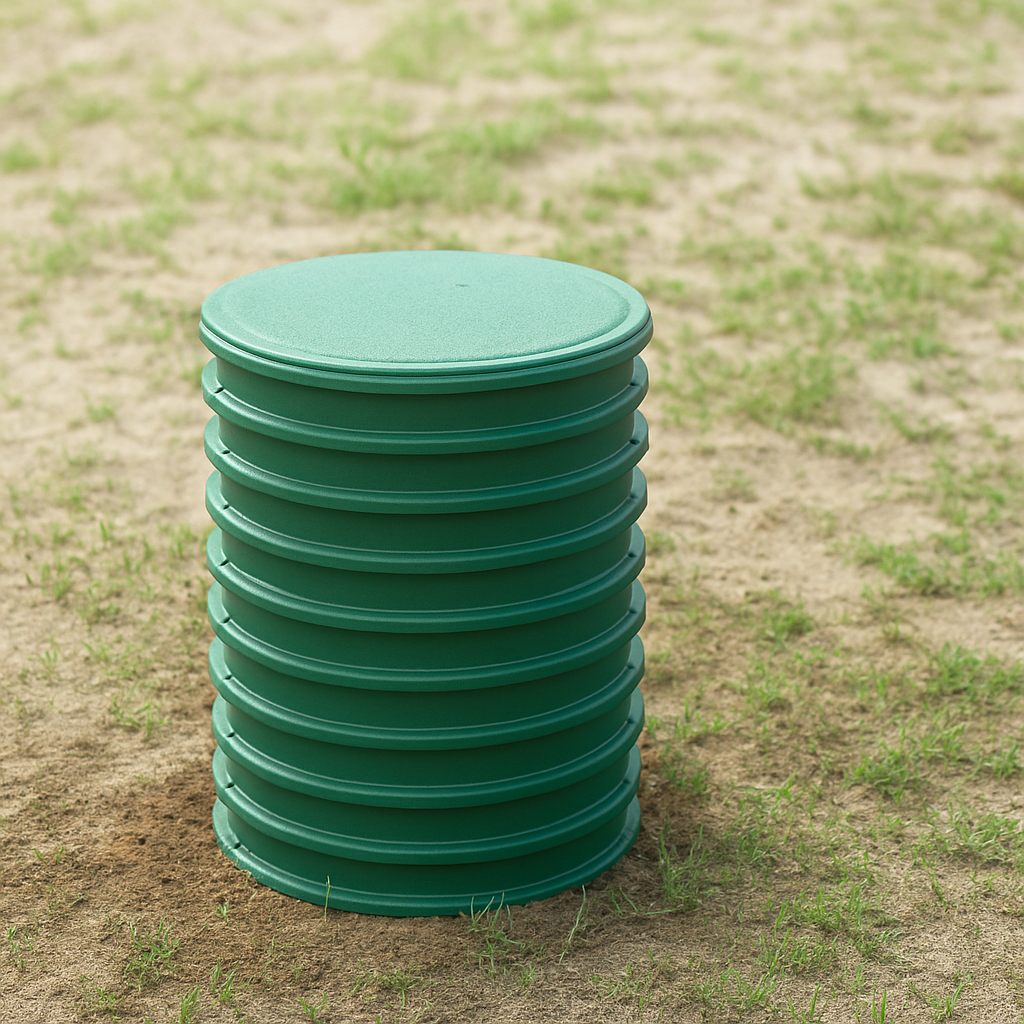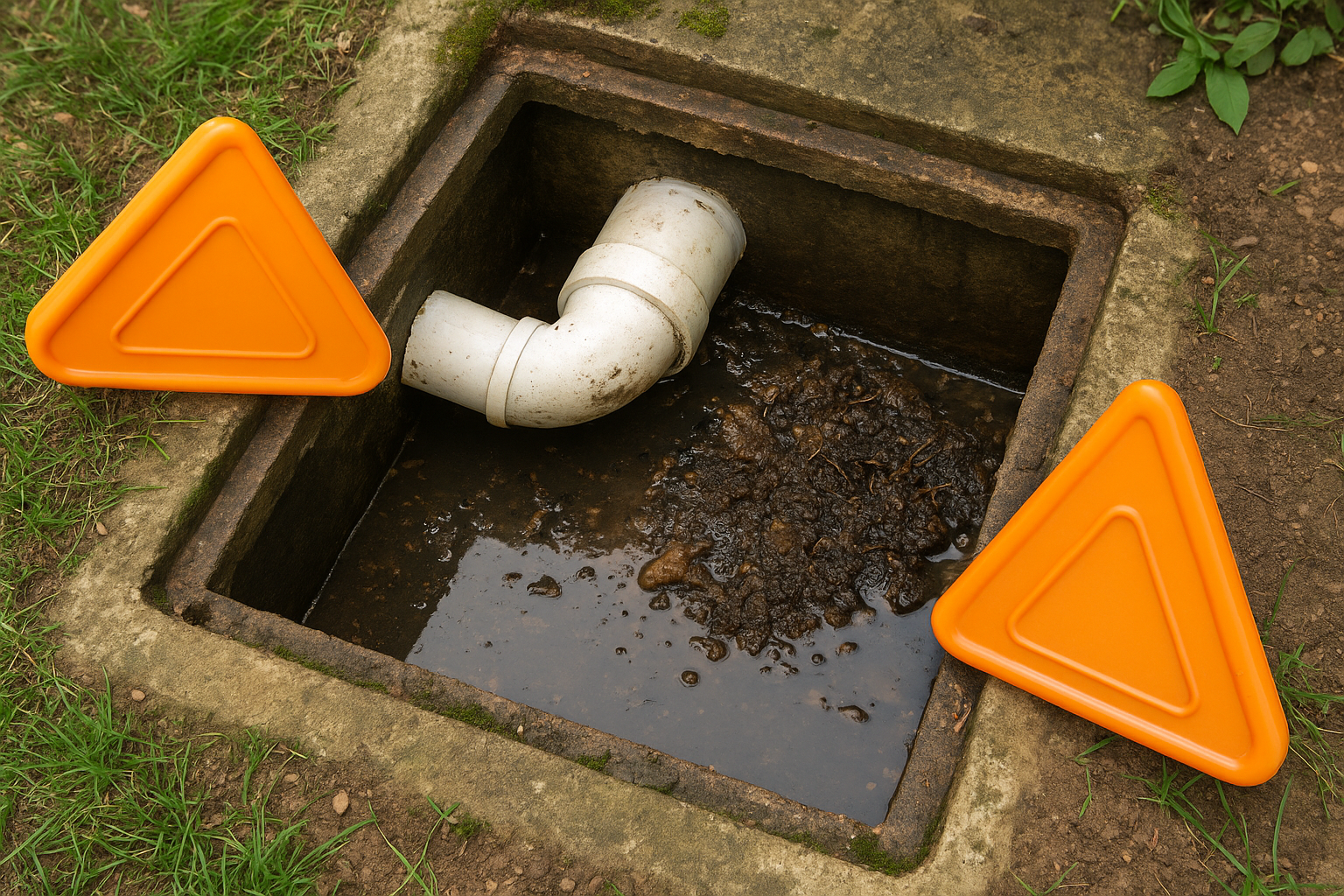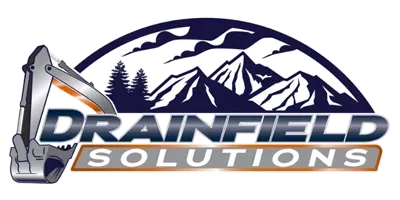
How Does a Septic System Work: Homeowner's Guide
April 22, 2025
If your home isn’t connected to a municipal sewer line, your septic system is your front-line defense for treating and disposing of wastewater. Understanding how your system works—and how to maintain it—can help you avoid unpleasant backups and expensive repairs.
Whether you’re a new homeowner with a septic tank or just looking to stay on top of routine maintenance, this comprehensive guide covers everything you need to know, including system components, how each part works, and crucial maintenance tips to extend the life of your system.
What Is a Septic System?
A septic system is an underground wastewater treatment structure commonly used in rural and suburban homes not served by a central sewer system. It uses a mix of natural processes and simple technology to treat household wastewater from bathrooms, kitchen drains, and laundry.
A Standard Septic System Includes:
- Septic Tank – Collects and holds wastewater, allowing solids to settle and begin decomposition.
- Leach Field (Drainfield) – A network of pipes that distribute wastewater into the soil.
- Soil and Beneficial Bacteria – Act as a natural filtration system to remove contaminants.
- Pipes and Distribution Box – Directs wastewater from the tank to the drainfield.
Each component works together to ensure wastewater is treated, filtered, and safely reabsorbed into the ground. For a deeper dive into system types, check out this 🔗 EPA septic system guide.
Step-by-Step: How a Septic System Works
Let’s break it down so you can understand what happens after you flush or drain water in your home.
1. Wastewater Enters the Septic Tank
Every time you run the dishwasher, take a shower, or flush the toilet, that water—along with solids and waste—flows into your septic tank. These tanks are usually made of concrete, plastic, or fiberglass and are designed to retain wastewater long enough for solids to separate.
2. Waste Separation Inside the Tank
Once in the tank, waste separates into three distinct layers:
- Scum Layer – Grease, oil, and lighter solids float to the top.
- Effluent Layer – The middle layer of partially treated liquid flows out to the leach field.
- Sludge Layer – Heavy solids sink to the bottom and slowly decompose thanks to bacteria.
Helpful bacteria inside the tank break down solids in the sludge layer. Over time, though, sludge accumulates and must be removed through professional septic pumping.
3. Effluent Flows to the Drainfield
Once the effluent (the liquid middle layer) exits the septic tank, it’s channeled into the drainfield—a shallow, gravel-filled trench system that disperses the wastewater.
Perforated pipes distribute the effluent across the drainfield, where it slowly trickles down through the gravel and into the soil. This is where nature takes over.
4. Soil Provides Final Treatment
As the effluent seeps through the soil, microorganisms and natural filtration processes remove harmful bacteria, viruses, and nutrients. By the time the wastewater reaches the groundwater, it's been thoroughly filtered.
This final step is critical to protecting your drinking water and the surrounding environment. A healthy, unsaturated soil layer is key—if it becomes clogged, wastewater can back up into your home or surface on your lawn.
Why Understanding Your Septic System Matters
A septic system is one of those things you don't think about until something goes wrong—but when it does, it’s messy and expensive.
By understanding how your system works, you’ll be better equipped to:
- Spot early signs of trouble
- Avoid harmful habits (like pouring grease down the drain)
- Schedule maintenance at the right time
- Save thousands in potential repair or replacement costs
💡Knowledge is your best tool. A bit of prevention goes a long way.
Common Types of Septic Systems
While the standard system we’ve described is most common, some homes may use alternative systems depending on soil type, property layout, or local regulations.
Here are a few common alternatives:
- Aerobic Treatment Units (ATUs) – Use oxygen to break down waste more quickly.
- Mound Systems – Feature an above-ground sand mound for homes with shallow soil.
- Drip Distribution Systems – Use low-pressure delivery and are ideal for properties with irregular topography.
Your system may have specific components or requirements, so it’s worth knowing what type you have. For a full list of system types, the 🔗EPA’s overview is a great resource.
Septic System Maintenance: What You Need to Know
Now that you understand how your system works, let’s talk about keeping it in good shape. Here’s what proper septic maintenance looks like:
1. Routine Pumping
The average household septic tank needs to be pumped every 3 to 5 years. This removes the accumulated sludge and prevents it from spilling into the drainfield.
💡 Pro Tip: If you have a garbage disposal, consider more frequent pumping. It increases solid waste in the tank.
2. Annual Inspections
An annual inspection can catch small issues before they become big ones. Technicians will check the scum and sludge levels, inspect baffles and filters, and assess the condition of the drainfield.
3. Watch What Goes Down the Drain
Protect your system by being mindful of what enters it:
- ❌ No grease, fats, or oils
- ❌ No wipes—even if labeled “flushable”
- ❌ No harsh chemicals or bleach in large quantities
- ❌ No excessive water use in short periods
4. Protect the Drainfield
The area over your drainfield isn’t just part of your yard—it’s a key component of your system. Keep it clear of:
- Vehicles or heavy equipment
- Patios, pools, or permanent structures
- Deep-rooted trees and landscaping
- Excess water runoff from gutters or sprinklers
Signs of Septic Trouble
Recognizing the warning signs can save you a world of trouble (and cash). Call a professional if you notice:
- Slow drains or gurgling sounds in your plumbing
- Sewage odors around your yard or inside the house
- Wet spots or lush grass over your drainfield
- Backups in toilets or sinks
⚠️Even subtle signs can mean your system is struggling.
Why Septic System Maintenance Matters
Some homeowners skip septic maintenance thinking it’s not urgent—until sewage starts backing up or bubbling up in the yard.
Here’s why proactive care is a smart move:
💰 It Saves You Money
Neglecting your system can cost thousands in repairs or full system replacements. Routine maintenance is far cheaper than dealing with a failed drainfield or backed-up tank.
🏠 It Protects Your Property
Overflow and seepage from a failing system can damage your home’s foundation, landscaping, and even neighboring properties. No one wants to deal with raw sewage in the yard—or lawsuits from unhappy neighbors.
🌎 It’s Better for the Environment
When septic systems fail, untreated waste can leach into groundwater, lakes, and streams. That means bacteria, viruses, and nitrates entering ecosystems—and potentially your drinking water.
🔒 It Keeps You Compliant
Local health departments often require regular inspections and maintenance records. A failed system can lead to fines, forced repairs, and permit issues if you plan to sell your home.
DIY Septic Tips (and When to Call a Pro)
There are plenty of things you can do to keep your system healthy, but know your limits. Here's a quick cheat sheet:
| Do It Yourself | Call a Pro |
|---|---|
| Conserve water | Pumping the tank |
| Use septic-safe toilet paper | Fixing backups or blockages |
| Avoid harsh drain cleaners | Inspecting baffles and filters |
| Keep a septic maintenance log | Repairing or replacing the drainfield |
| Check for soggy ground over the drainfield | Installing risers, alarms, or new system components |
How Drainfield Solutions Has Your Back
We get it—no one dreams of dealing with septic tanks. But when you need help, you want fast, honest, expert service that puts your mind at ease.
Here’s how we deliver:
✅ Certified, Local Experts
Our team knows Virginia soil, county codes, and how to design, install, maintain, or repair a system that works with your land—not against it. We don’t just meet code. We exceed expectations.
🚨 24/7 Emergency Response
Sewage doesn’t wait for business hours—and neither do we. Whether it’s a midnight backup or a holiday weekend mess, we’re on call to stop damage and start repairs ASAP.
📋 Clear Reports & Real Solutions
From routine inspections to real estate assessments, we give you straightforward answers—not scare tactics. If there’s a problem, we’ll explain it in plain English and walk you through your options.
🌱 Eco-Friendly Systems & Practices
We design for sustainability and use equipment that minimizes soil disruption. Our goal? Long-lasting systems that are as kind to your wallet as they are to your environment.
Let’s Get Your Septic System in Top Shape
Whether you’re planning a new system, need a real estate inspection, or just want peace of mind, Drainfield Solutions is here to help. 📞 Call us today at 804-633-1808 or book a service online by visiting our contact page—because a healthy septic system isn’t just underground. It’s the foundation of a worry-free home.
Looking for more tips and tools?
👉 Check out our 🔗hub page for real-world advice on everything from septic basics to advanced.
Share Post
Latest Posts
Ready to Take the Next Step?
Whether you're in need of a system inspection or regular maintenance, Drainfield Solutions is here to help. Get in touch today for reliable service you can trust.
